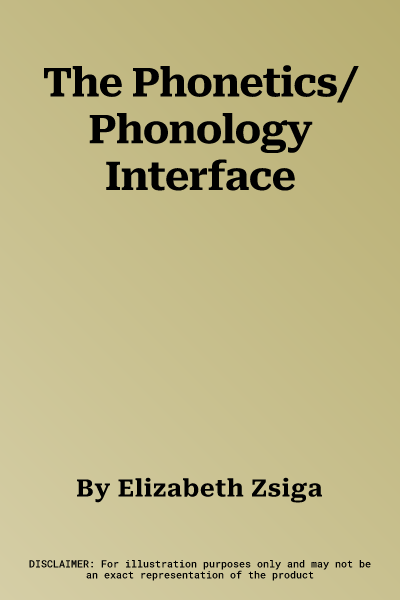Elizabeth Zsiga
(Author)The Phonetics/Phonology InterfacePaperback, 31 October 2020

Qty
1
Turbo
Ships in 2 - 3 days
Only 1 left
Free Delivery
Cash on Delivery
15 Days
Free Returns
Secure Checkout

Part of Series
Edinburgh Advanced Textbooks in Linguistics
Print Length
320 pages
Language
English
Publisher
Edinburgh University Press
Date Published
31 Oct 2020
ISBN-10
0748681795
ISBN-13
9780748681792
Description
Product Details
Author:
Book Format:
Paperback
Date Published:
31 October 2020
ISBN-10:
0748681795
ISBN-13:
9780748681792
Language:
English
Pages:
320
Publisher: